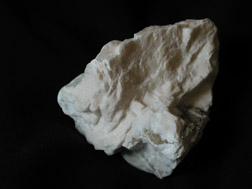Gypsum
Click on image for full size
Windows to the Universe/L.Gardiner
Related links:
Find out how to identify minerals (...and learn what shape, luster, color, streak, hardness, cleavage and fracture are all about!)
Meet some other nonsilicate minerals!
Gypsum
This is gypsum! It often forms as a layer of the bottom of a salty sea. Sometimes it forms in sandy areas like deserts and little sand grains are trapped between the gypsum crystals. This makes the crystals look like they are made out of sand.
There is probably some gypsum in your house and school! Gypsum is in plaster, which is used to make walls and molds of your teeth at the orthodontist's office.
Last modified June 12, 2003 by Lisa Gardiner.
You might also be interested in:
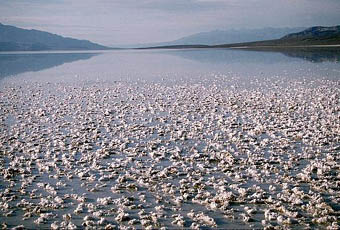
Some sedimentary rocks are made of mineral crystals that come from oceans, lakes, and groundwater. Water can have all the ingredients that are needed to make mineral crystals! How does water hold the
...more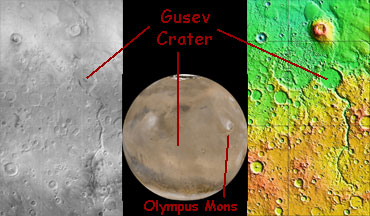
Gusev Crater is an impact crater on Mars that looks as though a lake may have once filled it in the distant past. One of the two Mars Exploration Rovers (MER) will explore Gusev Crater beginning in January
...more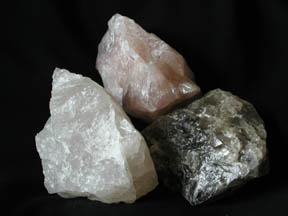
Spotting minerals is fun! There are many different types of minerals. Each has a different name and special traits. You can learn more about minerals by looking closely at them to understand their special
...more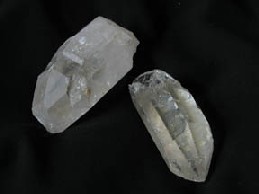
This mineral is called quartz! Sometimes it looks white like milk but usually it looks clear like glass, sometimes with a little pink or gray tinge of color. You can find crystals of quartz in many different
...more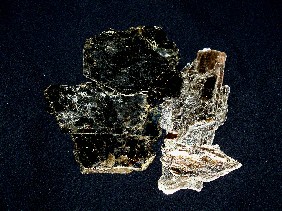
Mica minerals make some rocks sparkle! Look for them in your igneous and metamorphic rocks. Do they make your rocks sparkle? They break into flat plates because they have cleavage.
...more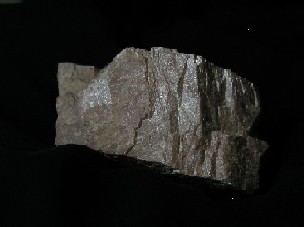
This is a feldspar mineral! Look for it in igneous rocks where it looks like white or pink crystals. You might find it in other types of rocks as well.
...more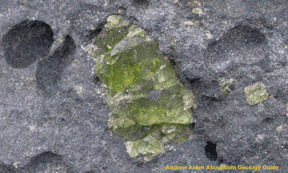
The mineral that is green is called olivine! Look for it in igneous and metamorphic rocks. In this picture, olivine is filling a hole in the igneous rock.
...more


